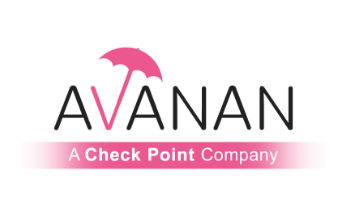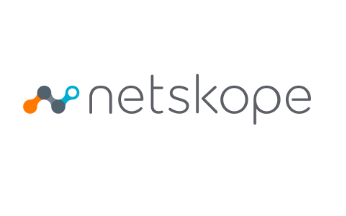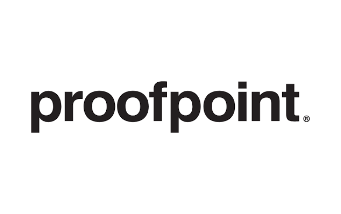Microsoft Teams, Slack, Zoom, and Box make it incredibly easy for teams to communicate around the world. But, as with any technology that we rely upon in the workplace, they also present a target to opportunistic hackers. With these apps, employees can communicate quickly in a range of ways. Links, photos, and documents can be shared internally and externally, and with varying degrees of formality.
Many organizations, for example, will have an informal channel to discuss the latest football results or their weekend plans, and a separate, “work only” channel for important business. This diversity of messages and recipients can make it difficult to track where data is being shared and stored, and even more challenging to ensure that it’s being shared securely. So, if an attacker were to gain access to a user’s messaging app, they could potentially have immediate access to critical or sensitive corporate data.
But the problem doesn’t end there – cybercriminals can use compromised communication apps as a base from which they can extend their attack to the rest of the company network. In 2022, Uber reportedly fell victim to an attack that utilized social engineering to gain access to the company’s Slack channel. From here, the attacker was able to log on to the corporate VPN, roam around the network, and locate details of Uber bug bounty reports – these acting as a catalogue of vulnerabilities to hack Uber.
Communication applications also offer extensive access to other employees within an organization. If an account were jeopardized, it could act like a gateway to more senior accounts with greater privileges. In one step, a low-level breach has become a big problem.
In this article, we’ll highlight the top solutions with Integrated Cloud Messaging Security (ICMS) to secure your Slack and Teams accounts. These function in a very similar way to email gateways – they scan inbound files and content to protected users from malware and scan outbound content for DLP purposes.
We’ve decided to focus on Slack and Microsoft Teams, in this article, as these two companies have grown rapidly over the past five years. With nearly 80% of Fortune 100 companies using Slack, and Microsoft Teams recording 270 million users in 2022, they represent a good portion of the digital communications users.













